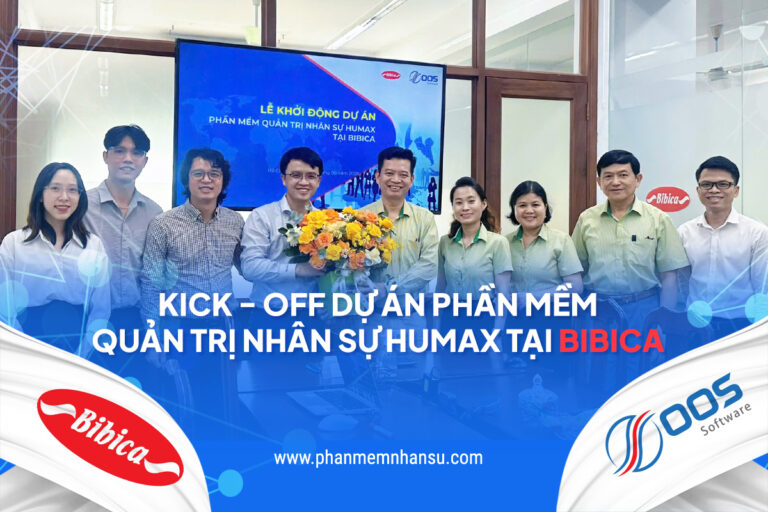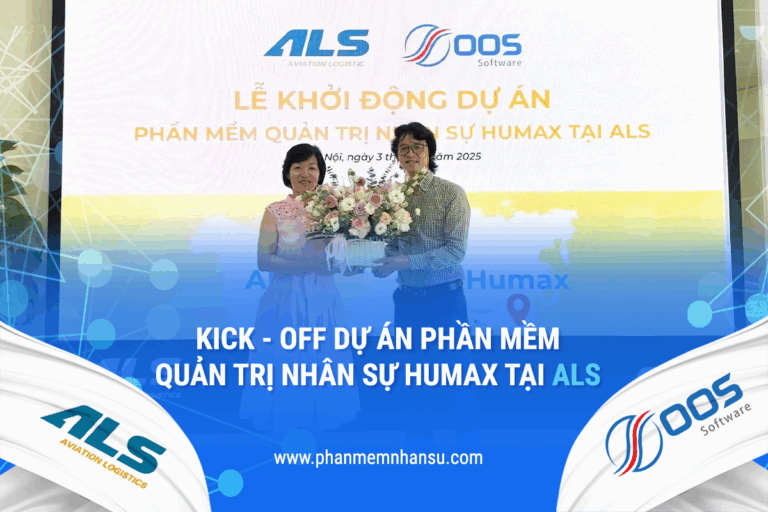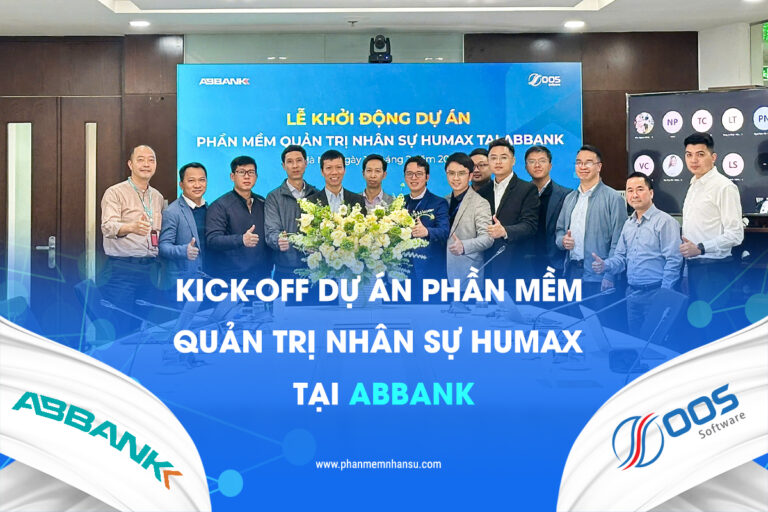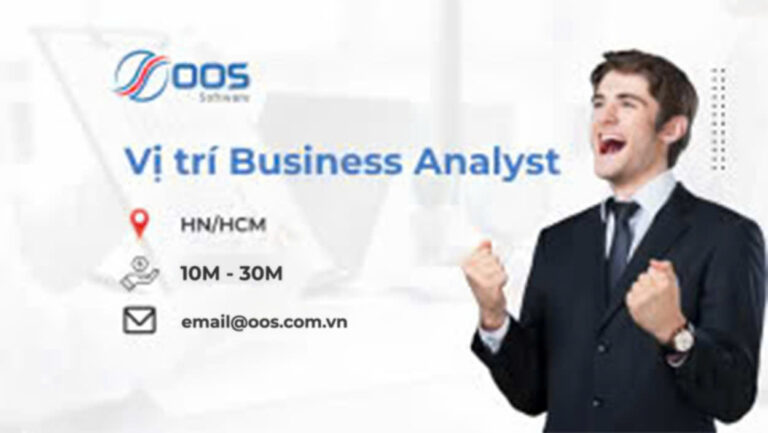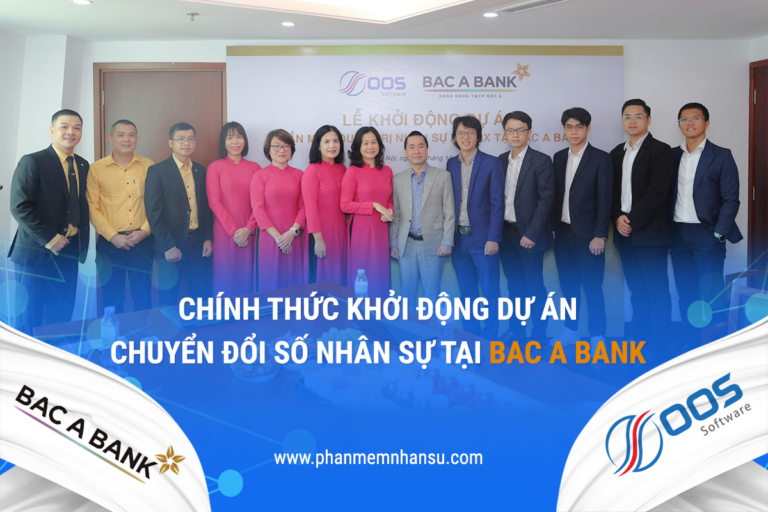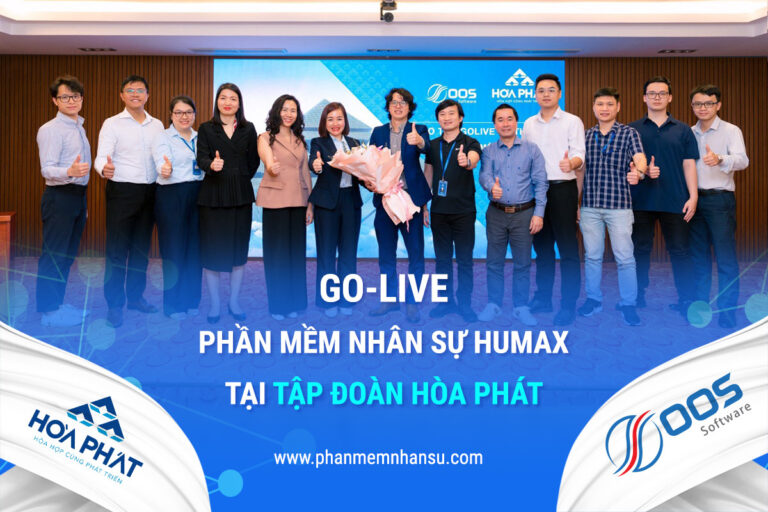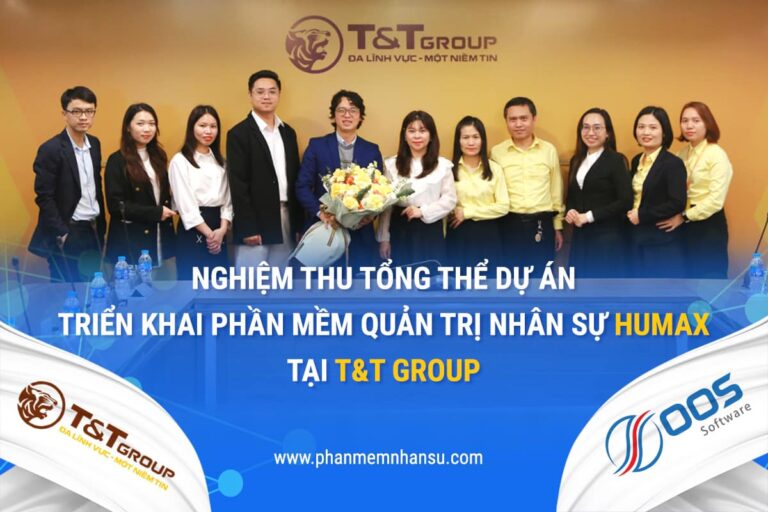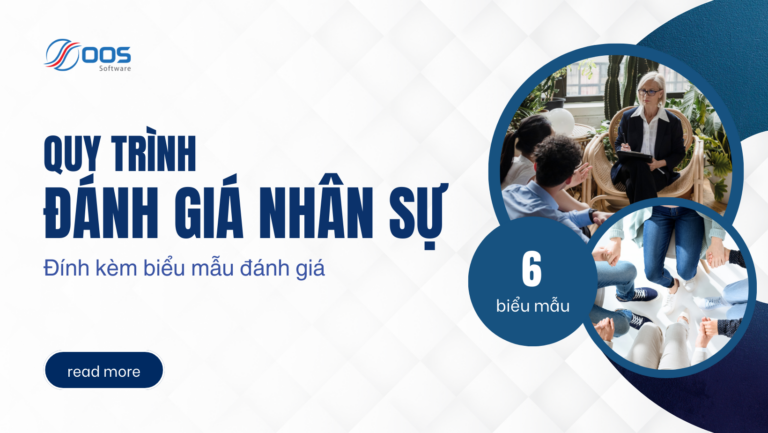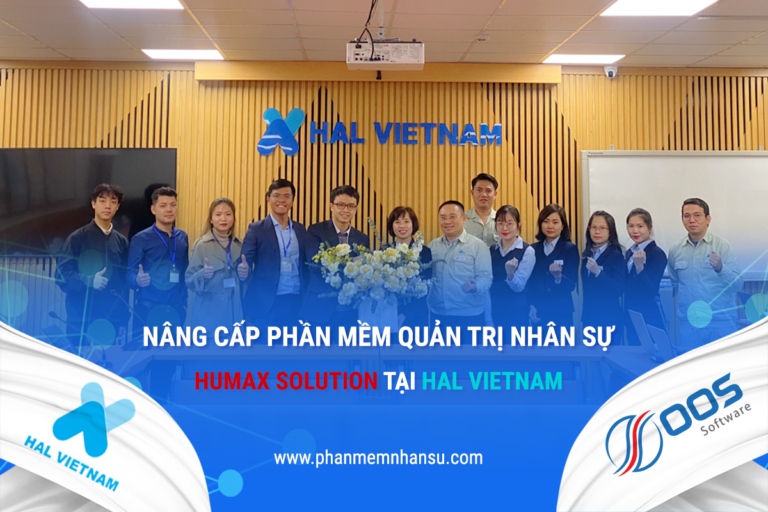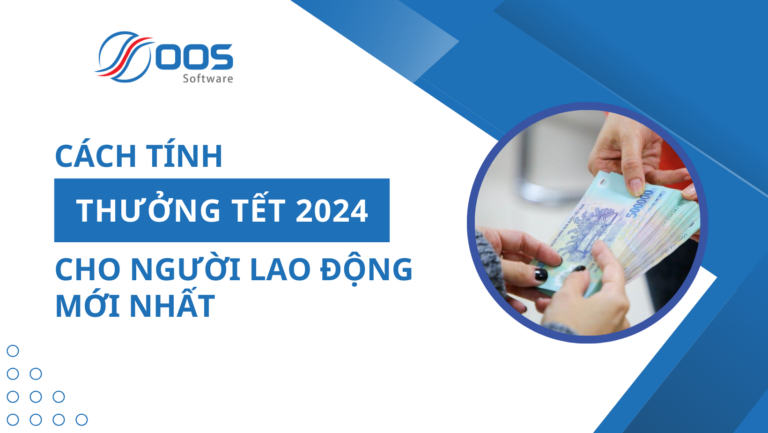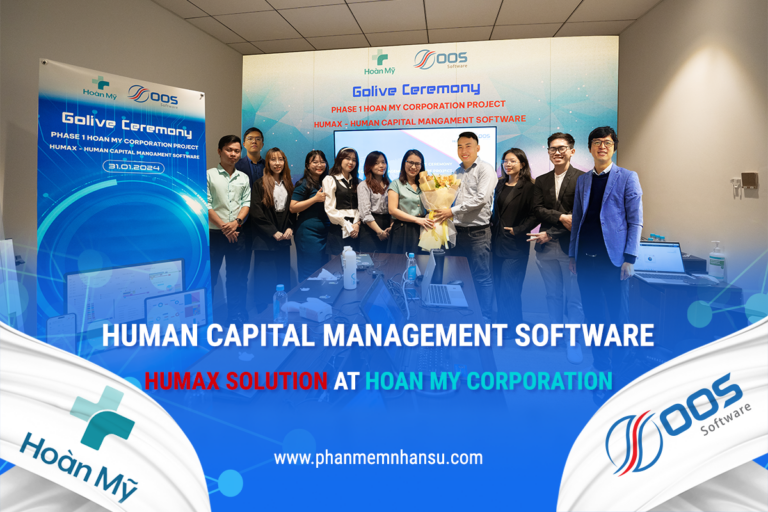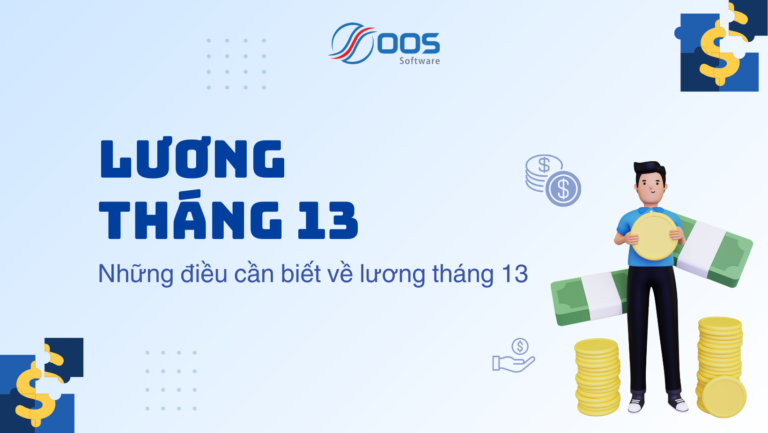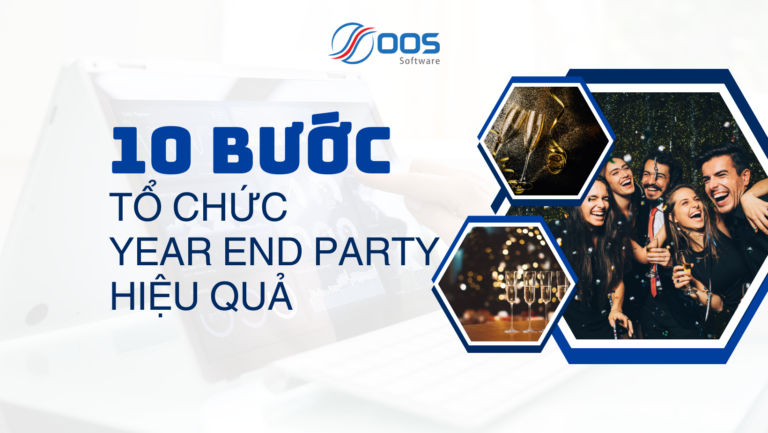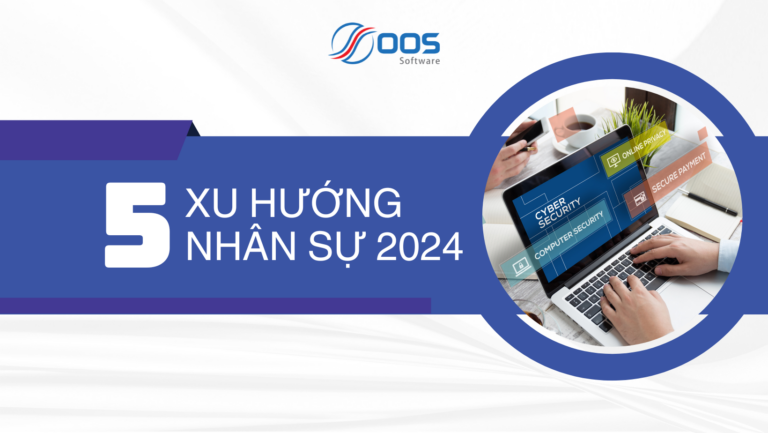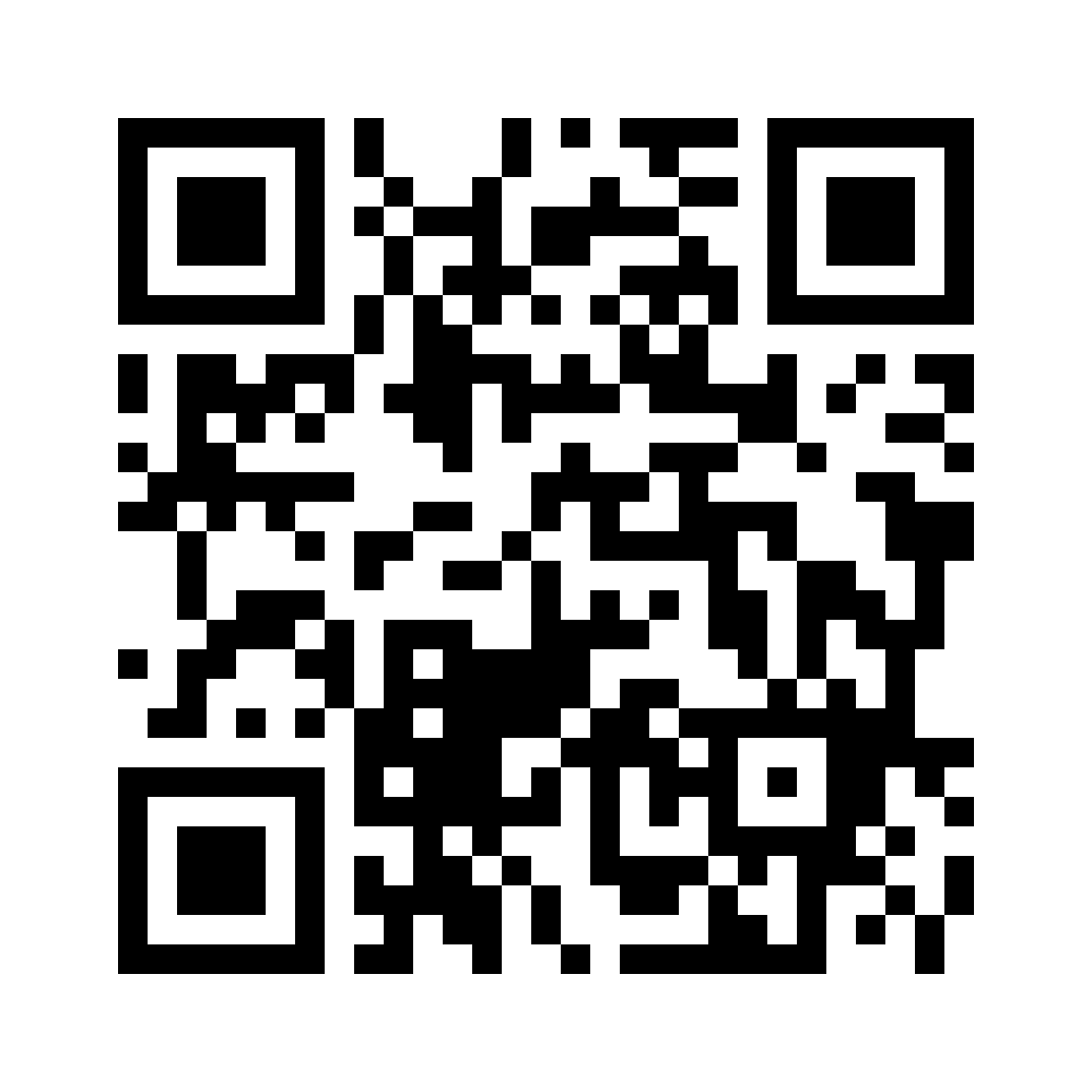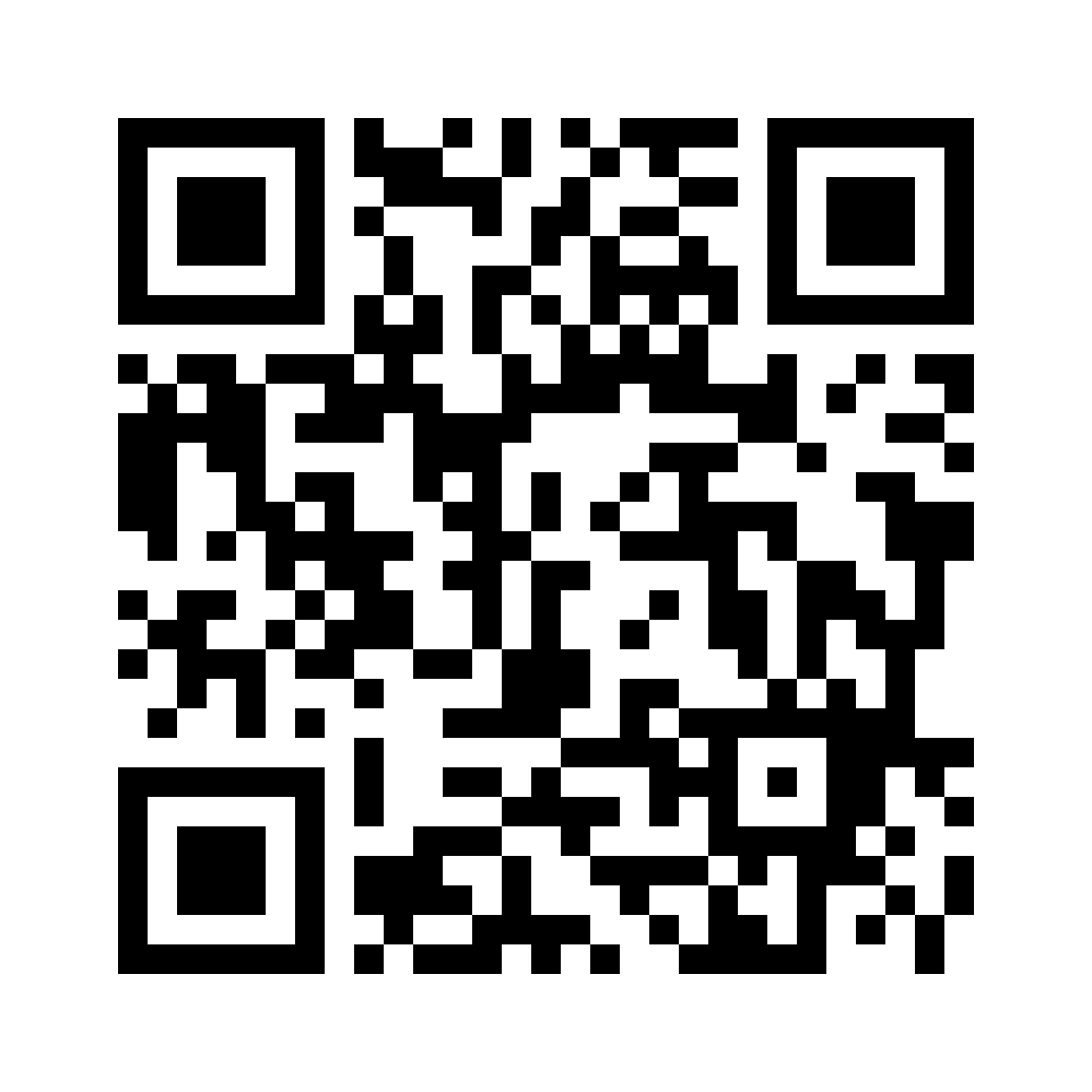Finding and recruiting talented people to work at the company has been a success, but that's just the tip. Keeping them engaged for a long time, wholeheartedly with the new business is the tip of the iceberg.
If you consider the art of retaining talent as an iceberg, many people have only seen the tip. Money is the most common way companies use to attract talent. But that is not enough.
There are 3 main groups of methods applied to retain talent.
Monetary measures
For the talented group, salary is not simply money, this is also an important measure of value for them. For bonuses, businesses will choose two forms: one is reward for achievements, the other is the level of bonus depending on the business situation of the company. There are many different employee bonus packages such as stock bonuses, retirement plans, financial assistance, allowances, etc.
Ms. Thanh Nguyen, Director of Anphabe shared, in order to use the money-based talent retention program effectively, the company must adhere to basic principles such as: reward based on employee's performance and must be competitive. competition in the market as well as internal fairness. Besides, building a good relationship with the union will help the company gain the advantage in optimizing the union fund to implement many programs in accordance with the human resource strategy.
Non-monetary measures
For this group of talents, the most important thing is a career development program for employees, in which, depending on the position, the company can promote, rotate positions as well as train, develop leadership skills and other academic support programs.
Recently, a new trend has been applied by many companies because of its high efficiency, that is, besides the traditional training courses, there are also advanced training programs. For example, the Buddy program of Prudential Insurance Company. Accordingly, each talent will be taken care of by a mentor who will accompany them throughout their development program. Or like the Talent Exchange program at 3M, whereby talents in the host country will be sponsored by member companies in other countries to study in 1-2 weeks.
In addition to career development programs considered by the company, benefits are also a necessary factor to retain talent. This is also the top criterion to both attract and retain talent. In which, the two most prominent trends are health care, spiritual care and family care. Depending on each group of employees, the company surveys the needs to offer appropriate types of benefits. The effective form that companies often use is CARE - Care.
The question asked by many human resource managers is "should we focus on doing few welfare programs, but with large scale and quality, or use that money to invest in many small programs to meet many needs of employees?" diverse workforce”? Diversity programs apply well to companies whose workforces are clearly differentiated in terms of age, personality, desires, etc. This requires the company to select a group of financial personnel and provide appropriate solutions. Various programs to support them. As for efficiency-focused programs, when applied to small groups, they need to be highly competitive, Ms. Thanh Nguyen suggested.
The next issue is whether a talent retention program should apply to all employees or is there a difference? Human resource directors at many companies always try to balance between programs that apply to all employees in the company, such as lunch allowances, Tet gifts, etc. With decentralized programs such as, according to which the Employees at different levels will enjoy different benefits. At Prudential, from the employee level to the management level of the company, everyone is entitled to the same insurance program. This helps in conveying the message of the company culture. But programs that need to be different will also help motivate employees to try harder.
Hybrid measures
These are activities that employees may not recognize as specific benefits in terms of money or benefits, but the company still has to invest to impact the employee's working environment, support employees in their work. work, life, positive impact on their feelings for the company.
This is also a trend applied by many companies to increase employee engagement. Focus on organizing activities towards work and life efficiency, such as investing in physical infrastructure and IT systems, so that they can not only be flexible in terms of time but also work effectively at different locations. anywhere. For example, at Triumph, employees' working hours are very flexible, because they apply a different measure of work quality more effectively. Cultural activities such as company trip are expected by employees, so it requires the human resources department to always be dynamic and creative. For example, at Manulife employees get a day off on their birthday.
In order to retain talent, it is necessary to closely follow them, quickly grasp their needs to respond promptly.

